Society

Bait ur Rrouf 2
Marina Tabassum, along with French-Iraqi artist Mehdi Moutashar, were jointly awarded first prize in the fifth edition of the Jameel Prize recently.
The international art prize is awarded biannually to artists and designers inspired by Islamic visual culture, was founded by the V and A in partnership with Art Jameel, a non-profit arts foundation promoting art from the Middle East. The GBP 25,000 award will be shared between the two awardees.
Mehdi received the award for his four bold works of minimalist abstraction rooted in Islamic geometry, and Marina for her visionary Bait ur Rouf mosque built in 2012 in Dhaka, Bangladesh.
Both winners' achievement has been to produce work of outstanding quality and contemporary relevance while demonstrating a profound understanding of the cultures from which they come.
The judges felt that although working in very different fields, the joint winners had both shown the same combination of lucidity and sophistication in drawing on Islamic tradition.
Marina graduated with a B.Arch from Bangladesh University of Engineering and Technology in 1994. She is the principal of Marina Tabassum Architects (MTA), a company which aims to establish a global language of architecture yet rooted to the place, putting climate, materials, site, culture and local history first. As a result, projects are carefully chosen and are limited in number per year.
They range from Master Planning of Eco Resorts to twelve storied residential blocks. Her project Bait ur Rouf Mosque in Dhaka, Bangladesh for which she also received the Aga Khan Award for Architecture in 2014-2016.
She was recognized for her plan for a mosque and community space in her native Dhaka, which elevates the use of local bricks and a constrained design to create a space articulated by points of natural light. She is the first architect to be shortlisted for and awarded the Jameel Prize.
The works of the winners and the other shortlisted artists are currently on show at the V and A until November 25, before traveling worldwide, with stops including the Jameel Arts Center in Dubai from early to mid-2019.
When asked about cultural and historical aspects of a location she takes into consideration during design, she stressed on the context of the site. "It is about the place, especially the geo-formation and the climate, but also the people who live in that area and their history - how they came there and the culture that was created, especially the local, unique cultures. Locating and then understanding these things is where we start and are the ingredients to our work. In a way, architecture for me is almost like cooking - if you want to be authentic to a place you need to find the real ingredients - the spices and all the things you'll cook with. This research is an important part of the design phase."
In terms of choosing materials, she revealed her fascination for using bricks. "I use a lot a lot brick because two-thirds of Bangladesh is a delta, the largest in the world: the Ganges delta. Being a delta, we only have earth or mud as material, so from, say, the second century, Buddhist monasteries were all made with baked bricks. This tradition of working with brick is historic and in a way it's the only permanent material we have. Otherwise you have to go for earth, which vernacular houses are made of, and that is much more impermanent. For any permanent architecture the material has always been brick: it is easily available and cheap to work with."
"Bangladesh has a culture of construction, so we have really great masons who we've built great relationships with. The sourcing depends on the location, and we try to source good quality brick close to the site. I absolutely love brick - the way it washes, the light. It gets so vibrant, it is so timeless, it doesn't age as quickly as other materials, especially industrial materials, and when it does age it does so quite gracefully and beautifully."
"Having said that, brick is not the only material I work with. I helped design the Swadhinata Stambha (Tower of Light) in the centre of Dhaka which commemorates Bangladesh's freedom in 1971 and is built with glass. Glass was used not as a material but as a medium - the best way to depict light is through glass. At the moment, we are designing Panigram, a resort in southern Bangladesh, and we are using earth and bamboo, so there is this flexibility of using material depending on the site and the location."
The importance of site is pivotal to the success of her work. "This is the most important to me, spending time to connect with the site, and around the site. This gives you a lot of answers. And then program: we try to dissect the program. One way of my work is, if I take a mosque, I wouldn't just take a mosque, I would go back to the first stage of what was a mosque? How did it come into being, what was the function? Then you can let go of all the extra liturgies that are associated with those things, go back to the beginning and start something interesting. That is not to underestimate the history or legacy of mosque making, it's a rich legacy, but they have to come together at some point and only then it becomes relevant. I feel that we are just updating ourselves through time. You cannot just build something out of nowhere and it doesn't make sense to do that. So if you want to update then you have to follow through the history."






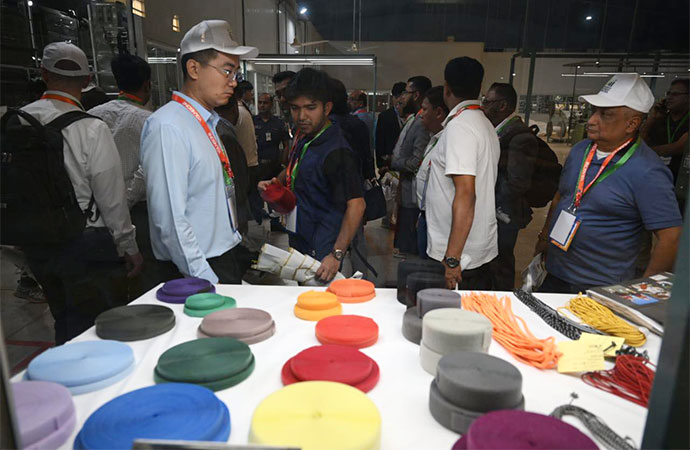

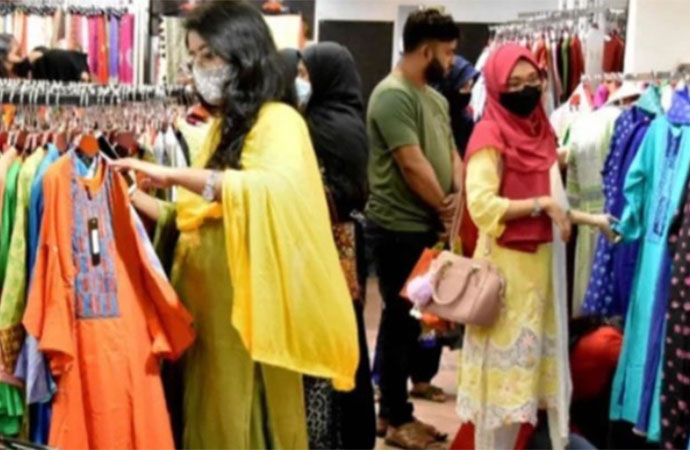



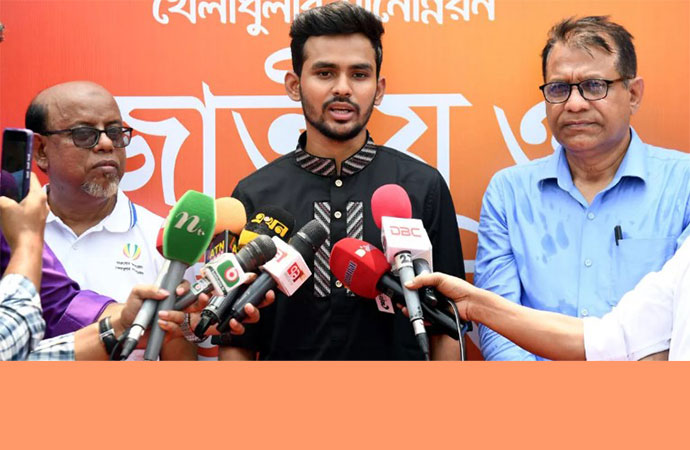






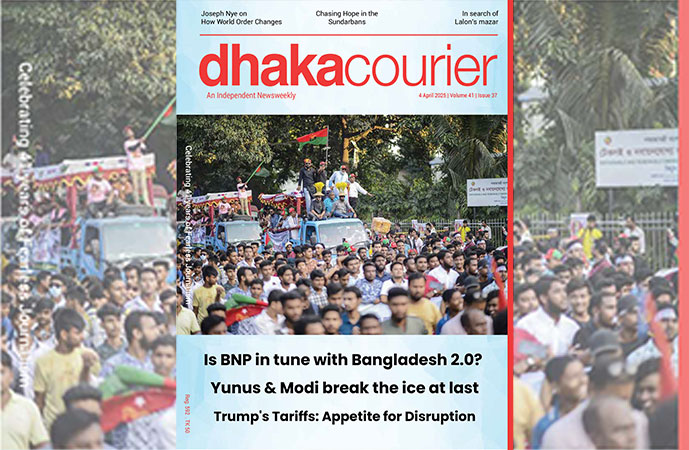
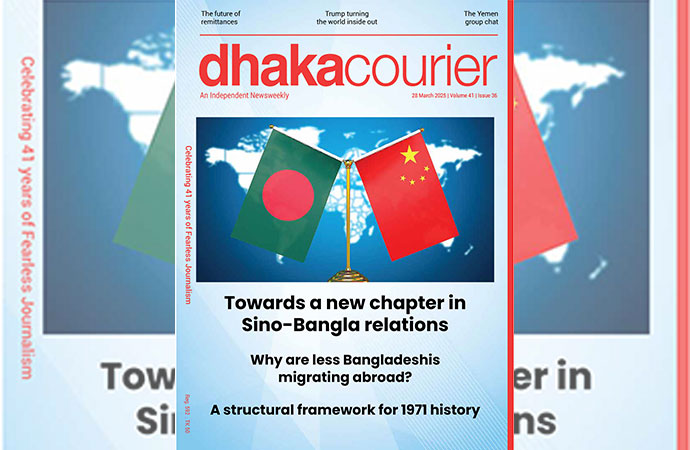
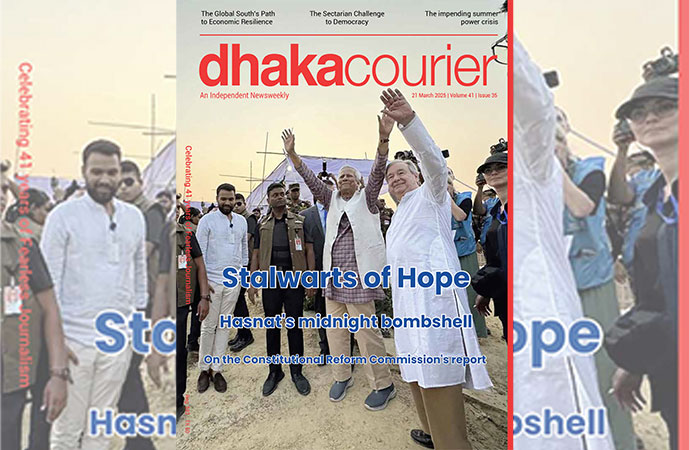
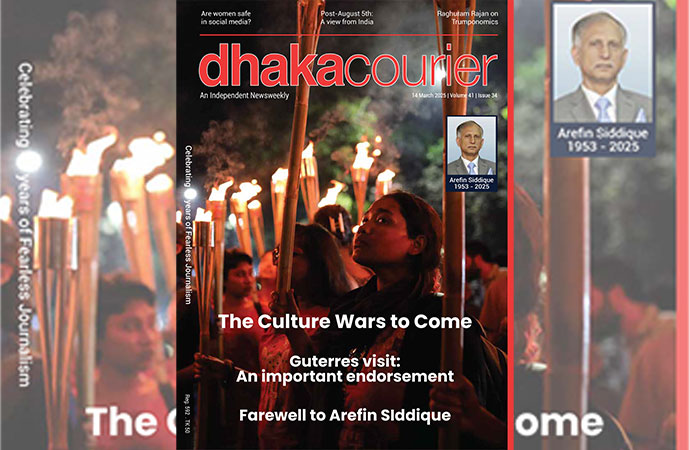


Leave a Comment
Recent Posts
Bangladesh needs secure cotton ...
Bangladesh is poised to become the world's largest cotton importer ...
Shift towards renewable energy ...
The Bangladesh Investment Summit 2025, set to begin on Monday, will fe ...
Sports Hub to be constructed in country's eight divi ..
Bangladesh opens 4-day summit amid hopes of boosting ..
Appetite for Disruption
Veteran Bollywood actor Manoj Kumar dies